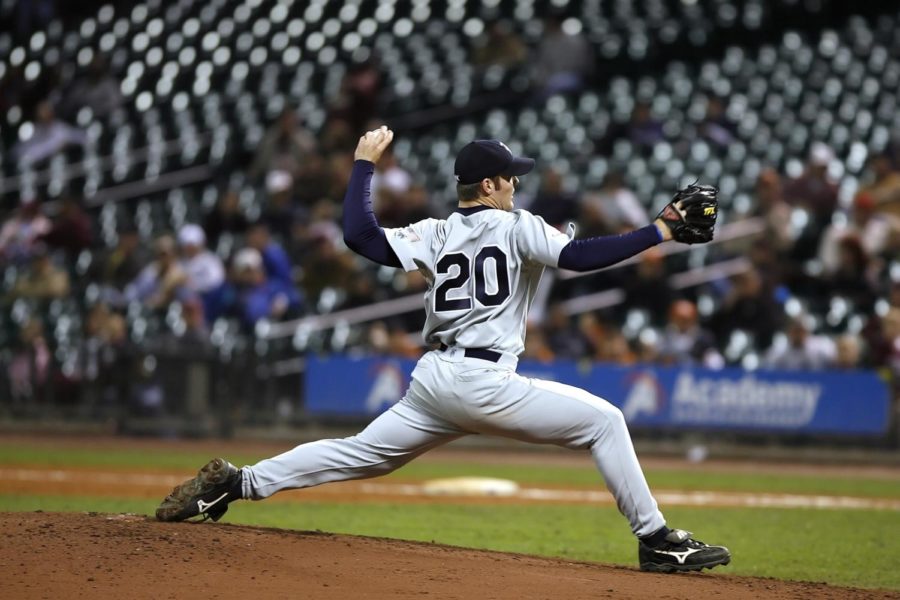New MLB Pitch Clock Rules in Action
It’s that time of year again, when baseball fans can start to get excited about the season we have all been anticipating. Although spring training standings do not mean much when it comes time for the Major League Baseball regular season, it is still a crucial aspect of the sport. Spring training allows teams to put new players on the field to try out for roster and position spots, as well as giving established players an opportunity to practice so they can perform best in the regular season.
Although spring training just began on February 24th this year, there is already much to discuss. Perhaps the most notable thing that has occurred in spring training thus far is the new pitch clock rules. The rule essentially states that pitchers must throw their pitch within 15 seconds when the bases are empty, and when there is at least one runner on base, they must throw their pitch within 20 seconds. Additionally, the batter must also be in the batter’s box before the 15 or 20 seconds ends or else they will be issued a strike. If the pitcher fails to throw their pitch in time, the batter will be issued a ball.
On Friday, February 24th, in a spring training game between the San Diego Padres and Seattle Mariners, the first pitch clock violation occurred. Manny Machado, the Padre’s third-baseman, failed to have his left foot in the batter’s box as the clock had run out. Machado was then issued a strike and the count stood at 0-1. However, this was only the first clock violation of many so far this spring training.
Between Friday, February 24th, and Sunday, February 26th, there have been a total of 69 clock violations over the course of 35 games. This number may seem large, but this is a big adjustment for many players, as Manny Machado agreed.
The significance of enacting pitch clock rules is to speed up games, which based on the data spring training has provided so far, is working. The games on average have been reduced by 25 minutes, which makes a big difference to viewers at home. The pitch clock has proven successful early on, but will it have the same effect in the regular season?

